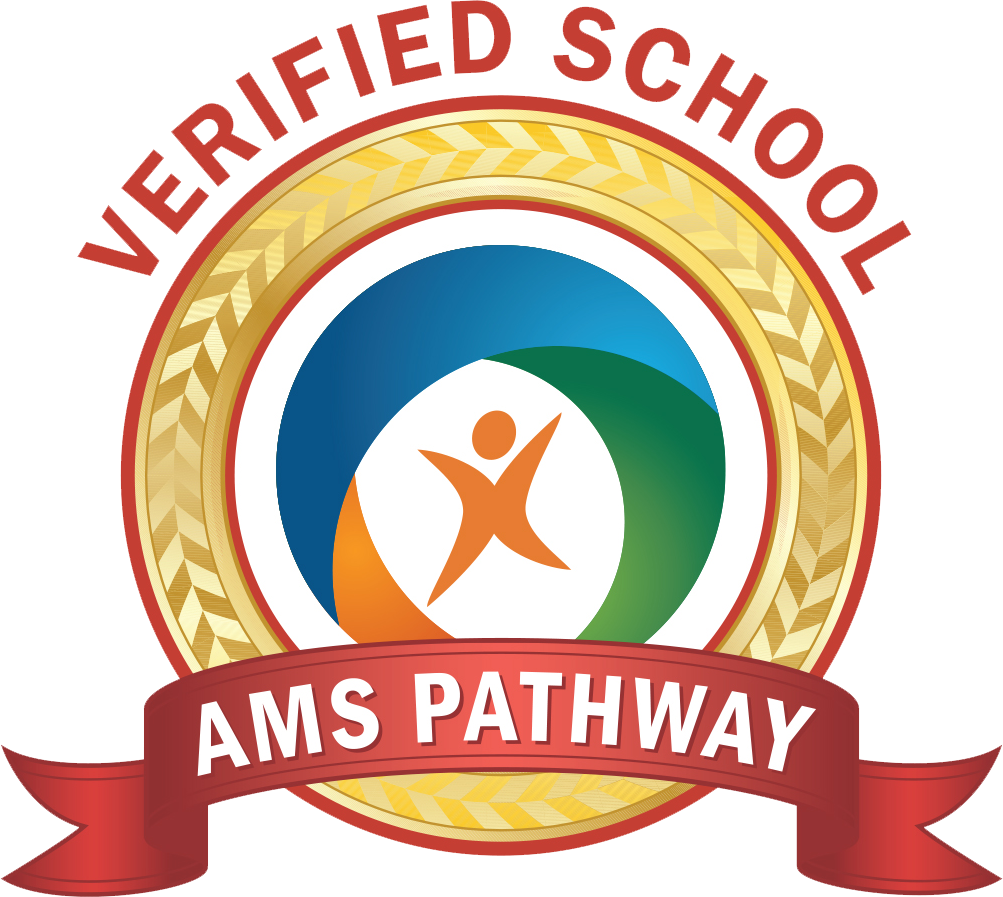What is play? What is work?
I often get asked the question, is the Montessori primary program “play-based” (a popular term) or are there any academics? This seems to imply that one is exclusive of the other. Is one work and the other play? Can work be play-based?
I found it fun to go to the dictionary to see what is said about the words work and play. Would it shed any light on this question?
The word “work” has a page-long definition in the American Heritage Dictionary. Here is just the first line of it:
- work (work) n. 1. Physical or mental effort or activity directed toward the production or accomplishment of something. V. 1. To exert oneself physically or mentally to do, make, or accomplish something.
When you watch your children at an activity, I am sure you have seen them direct all of themselves to their purpose. Most of the time when you see this, you would say they are at play! The negative context of work is not experienced by the young child. They simply give effort at everything they do to master something or accomplish something or learn something!!
The definition of the word “play” in the American Heritage Dictionary is nearly as long as the word “work.”
- Play (pla) v. 1. To occupy oneself in amusement, sport or other recreation. (amuse: to occupy in an agreeable, pleasing fashion.)
When self care activities are amusing, is it work or play? When academic activities capture the imagination and therefore are amusing or entertaining, are they work or play? When activities that take effort and focus are fun, are they work or play?
Activity with effort is the way children go about everything they do! Even when building sandcastles you can see the intention, focus and pride in the work/play accomplished. Montessori recognized this and brought these terms together in describing activity in the Montessori classroom. She observed that work and play are really synonymous for children. We adults use play and work much more as antitheses of one another categorizing pleasurable or less pleasurable activities or “want to do” from “have to do” activities. To Montessori, and young children, there is very little distinction. From this concept, Montessori constructed the classroom environments. She designed materials and activities that are both fun, engaging, and instructional, blending pleasure with effort and a desired outcome.
Montessori provided guidance in creating learning environments that are both work and play at the same time. She did not see them as opposites. All the activities in the classrooms require the effort and engagement needed for any work activity or play activity. Carrying the red rods to the mat is fun. It is also one of the first math experiences with quantity and measurement. Laying out the beautiful glass beads to show quantity for the symbols “1” or “6” or “10” is fun and creative in many cases; it is also a math “work.” There is a purpose for learning behind all the fun materials in the classrooms, all designed to engage children at a specific developmental phase.
The different attitudes around “work” and “play” are adult constructs. I wish we could create a new word that would mean the blend of these two activities, especially when it comes to describing the activity of learning.
The Montessori classroom is full of work opportunities that children playfully engage in while they are learning. Focusing on the joy of working hard to accomplish something is important. Preserving the blend of work/play in learning activities is a goal in the Montessori classroom. From this comes the experience of joyful learning that we want for our children.
The Casa di Mir Montessori School classroom exemplifies the joy of work as play and play as "work." For those interested in giving their child the gift of a Montessori education, it is worth visiting one of our classrooms to observe students engaged in this way. Contact our Admissions Director or schedule a visit.
For more information on Casa's primary, elementary and middle school programs, visit our Programs page.
Wanda Whitehead
Director of Education
Casa di Mir Montessori

